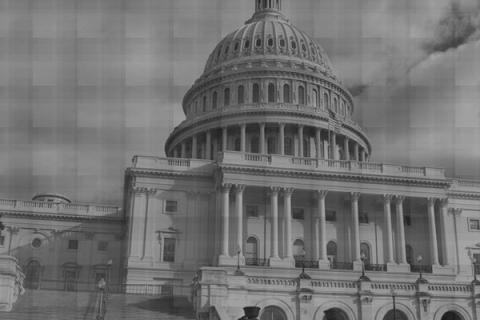What happened to jobs in March has been called everything from disappointing to inconsequential, thus reinforcing the view that nobody knows what they’re talking about when it comes to measuring the economy’s performance on a month-by-month basis.
The number getting all the attention is 120,000 jobs created in March, versus an expectation by economists of around 200,000 newly hired employees. There has been some widespread dismay at this result despite the fact that the unemployment rate actually fell to 8.2 percent from 8.3 percent, and it wasn’t all that long ago that we were staring in the face of a national 10 percent unemployment rate.
Stock futures fell dramatically on the disappointing jobs number, according to Bloomberg Business Week. But the gyrations of the stock market hardly provide settled information on the state of the economy.
Meanwhile, Brad Plumer of the Washington Post notes that the initial job reports by the Bureau of Labor Statistics tend to be incorrect, and that there’s about a 90 percent chance that there will be further adjustments to the March jobs number that could move it to anywhere from 20,000 new jobs to 220,000. Job gains in February, for example, were revised up to 240,000 from the initially reported 227,000. Last August, the number of new jobs was revised from an initial zero to 100,000. The New York Times notes that “seasonal factors may also be playing a role, after the unusually warm winter.”
Looking at the big picture, Plumer reports:
“At the moment 12.7 million Americans are still looking for work and can’t find it. It will take a long time to put a serious dent in that figure. It would’ve taken between seven and twelve years to get back to full employment even if we were adding jobs at a 200,000-a-month pace.”
Politicians on both sides of the issues jumped on the new figures as proof positive that their side was right about the economy. Republican presidential contender Mitt Romney called the report “weak and very troubling,” and laid the blame for high unemployment at President Obama’s feet.
“Millions of Americans are paying a high price for President Obama’s economic policies,” Mr. Romney said, “and more and more people are growing so discouraged that they are dropping out of the labor market altogether.”
The president saw a brighter side, welcoming the fact that the economy added jobs in March while conceding, “It’s clear to every American that there will still be ups and downs along the way, and that we’ve still got a lot to do.”
Some measurements in the March jobs report were clearly positive, including the so-called “underemployment number,” which CNN reported to have moved to a three-year low of 14.5 percent. Underemployment counts jobless people looking for work, part-time workers who need full-time jobs and discouraged job seekers.
“Much of the improvement came because the number of workers who want full-time jobs but who are stuck working part time fell by 447,000 to 7.6 million,” according to the CNN report. The underemployment rate hit a record 17.2 percent in November 2009.
Fed watchers are now wondering whether the disappointing March numbers will encourage the central bank to provide more stimulus to the economy through further lowering of short-term interest rates. But as Plumer points out, “The unemployment rate is roughly in line with what the Federal Open Market Committee has been expecting. And if the Fed’s content with the current state of affairs, then more help may not be on the way.”

